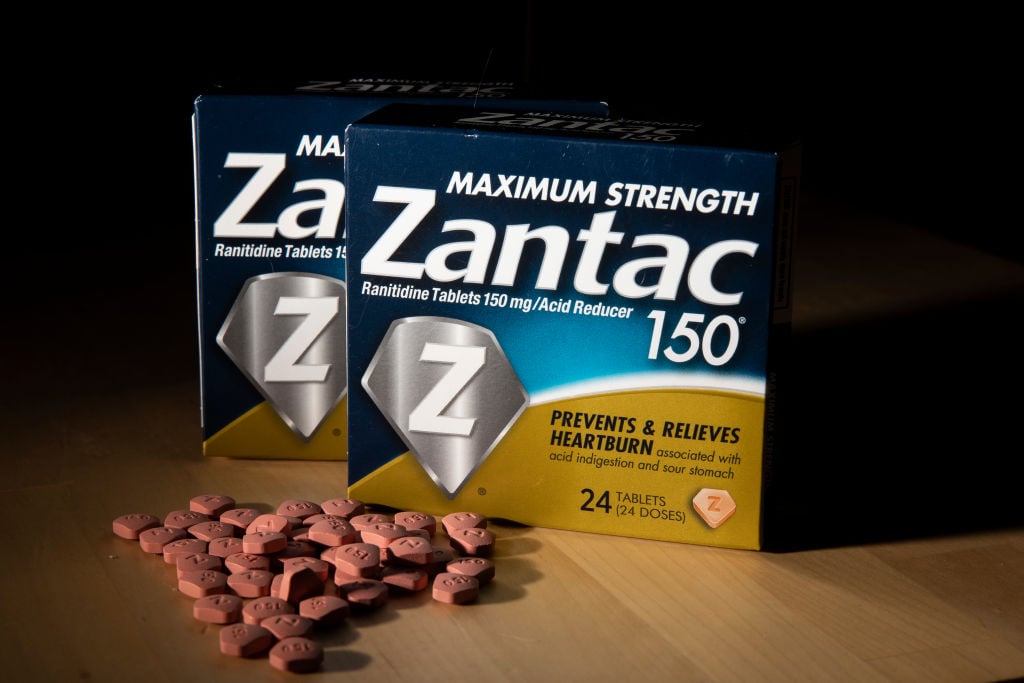
The first trial involving Zantac ended in a settlement worth over $500,000. Makers of the drug agreed to settle following allegations that the popular drug was causing esophageal cancer. Here’s everything you need to know about the trial.
What is the Zantac lawsuit all about?

Four generic makers of Zantac—Dr. Reddy’s Laboratories Inc., Perrigo Co., Sun Pharmaceutical Industries Inc., and Teva Pharmaceutical Industries Ltd agreed to settle with Joseph Bayer. The $500,000 settlement was following the plaintiff’s allegations that the drug was causing esophageal cancer. Bayer sued them alleging that the ranitidine formula was behind cancer in his system. The US Food and Drug Administration (FDA) later recalled the drug completely. The move was following the discovery of N-Nitrosodimethylamine (NDMA), a contaminant.
The case was the first among over 3,700 cases filed at state and federal levels accusing the firm of knowing about NMDA formation. However, the case against generic makers and the two brand-name manufacturers — GlaxoSmithKline, Pfizer, and Boehringer Ingelheim were dropped. As per a Bloomberg report, the plaintiffs in most cases against the drug were alleging the firm knew about the NMDA formation. They also allege ranitidine degrades due to humidity and makers although aware did not inform the public.
More on the drug
In the 1970s the pharma industry was trying to develop an anti-ulcer drug. Smith Kline was the first to come up with a solution by launching Tagament in 1976. GSK, formerly known as Galaxo later launched its drug Zantac in 1983 as a prescription histamine-2 (H2) blocker drug. A few years later, it gained popularity in the United States. In 1995, the drugs received permission to become over-the-counter drugs. Following its official recall by the FDA, it was relaunched as Pepcid and Pepcid AC. In the new and reformulated drug, famotidine substitutes ranitidine.






